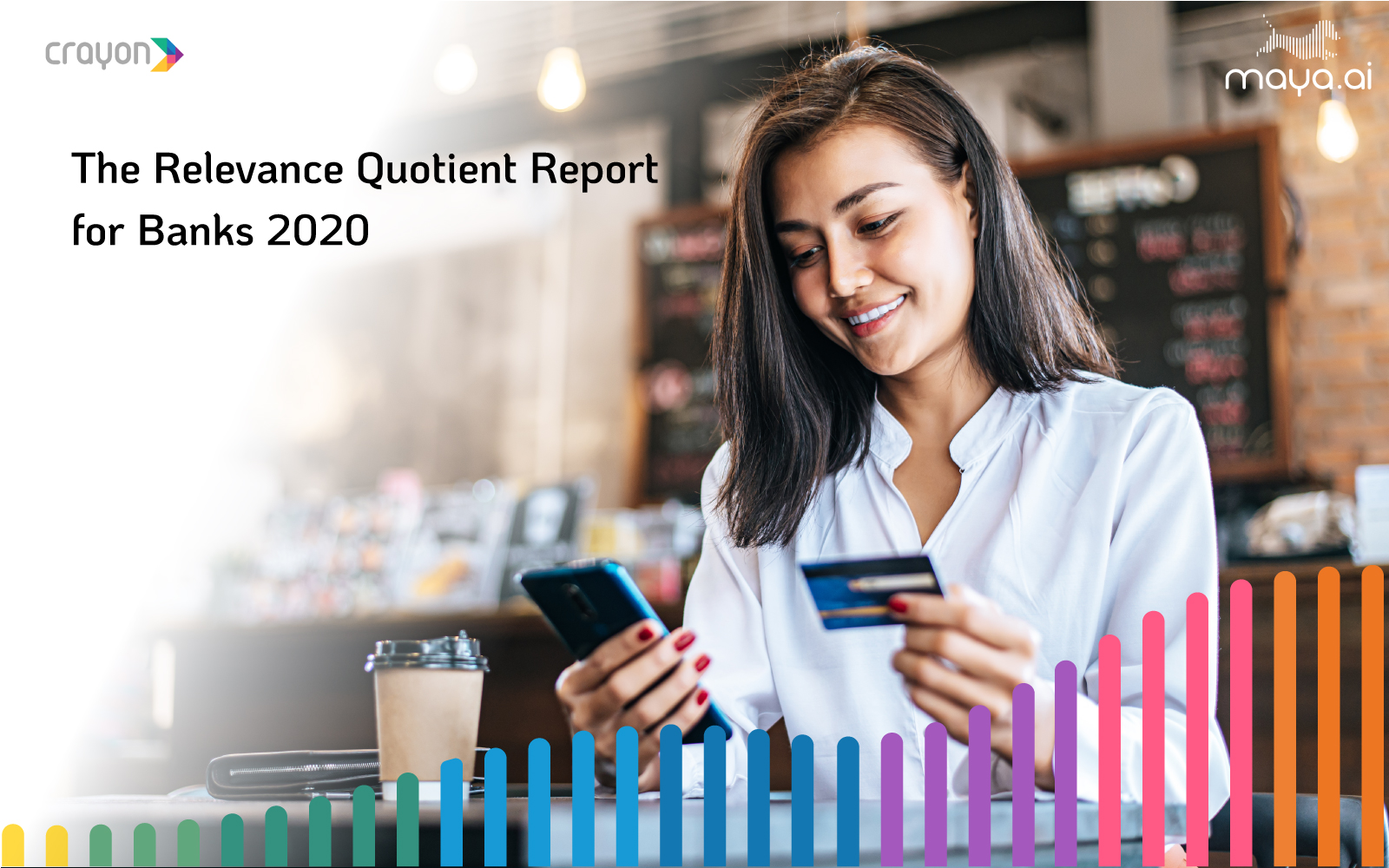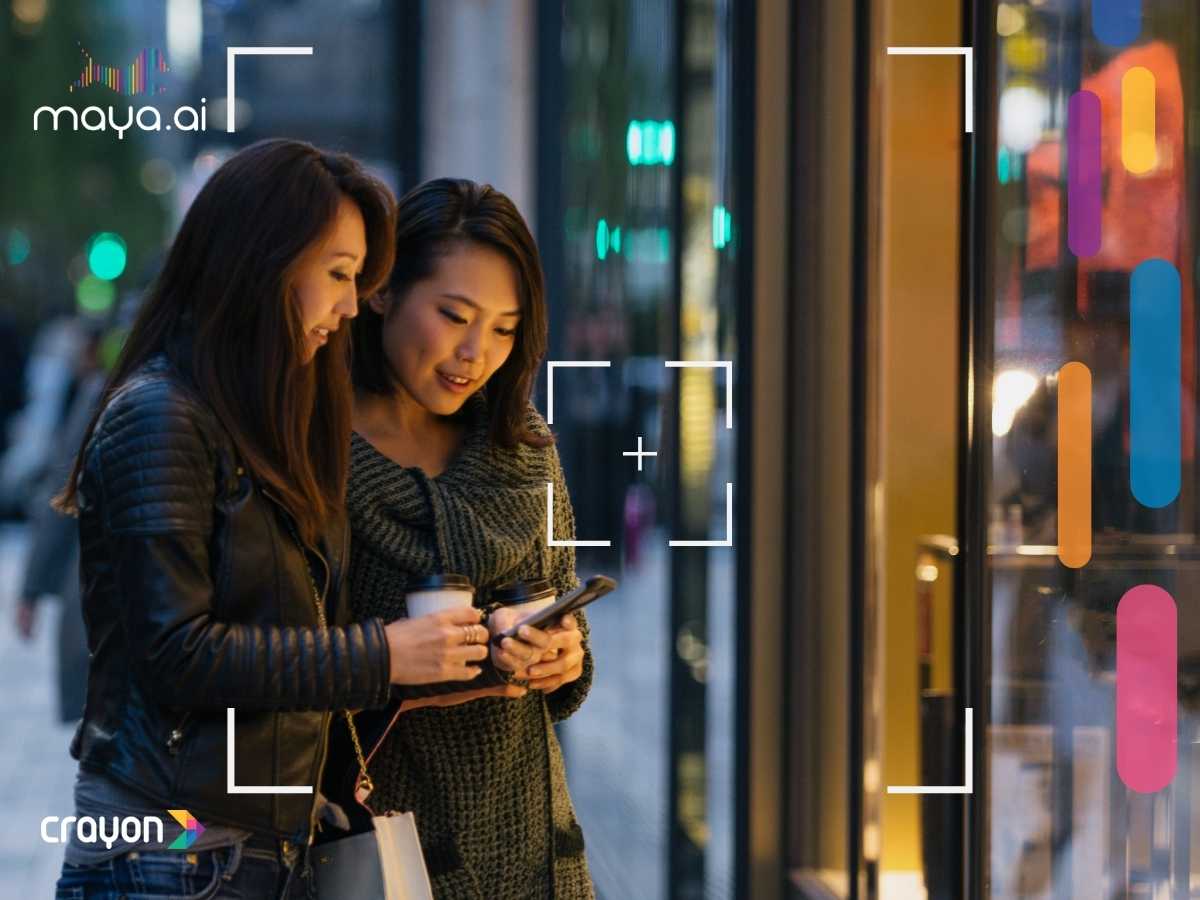In today’s increasingly digital world, relevance is key. We’re not talking about emails or messages simply personalized with a customer’s name. No, consumers today seek out brands and companies that create experiences that match their needs and preferences. And this holds true across categories: banking, food and dining, travel and retail. According to Salesforce, 84% of consumers say that they choose brands that treat them like an individual person, and not a number. And 63% expect personalization as a standard part of the services that they choose.
Enterprises that can meet these customer expectations win better share-of-wallets, customer loyalty and increased spends. Market leaders today are investing in personalization to meet these customer expectations. Those who do, gain traffic and loyalty in addition to higher share-of-wallets and spends. Those who struggle with personalization lose out to competitors.
But how is the banking industry in South APAC, keeping up with the growing need for personalized customer journeys?
The state of personalization of banks in South APAC
We looked at banks from South APAC, particularly from Thailand, Singapore, Malaysia and Indonesia, to see how relevant they were to their customers. Here are the key highlights:
- Zero banks know and collect their customers’ preferences.
- Zero banks deliver personalized offers to their customers.
- Two in five banks actively engage customers on their platforms.
The Relevance Quotient
The Relevance Quotient is a proprietary framework by Crayon Data, which analyzes the level of personalization on a bank’s digital assets and cross-channel integration. Based on seven defined parameters, the report analyzes the relevancy of their offer portfolios and provides an in-depth view of the challenges the banks’ offer management platforms face.
Download the Relevance Quotient Report 2020 today to understand in detail the hurdles that banks in South APAC need to clear to create seamless personalized experiences for every customer.





















